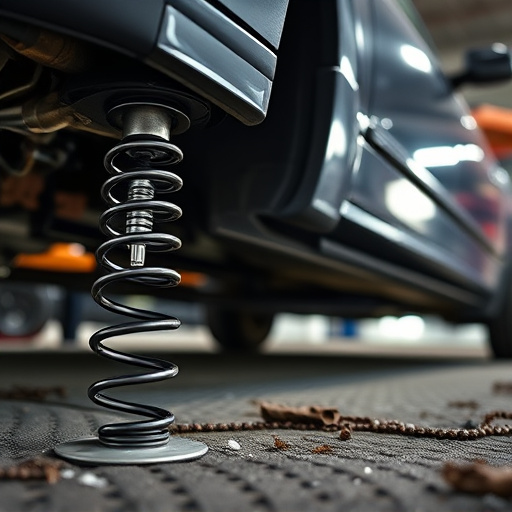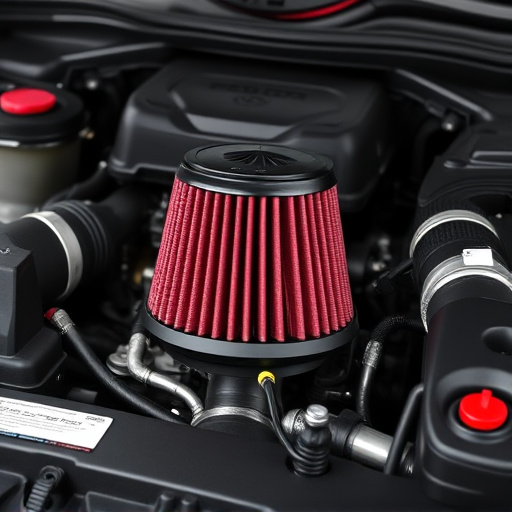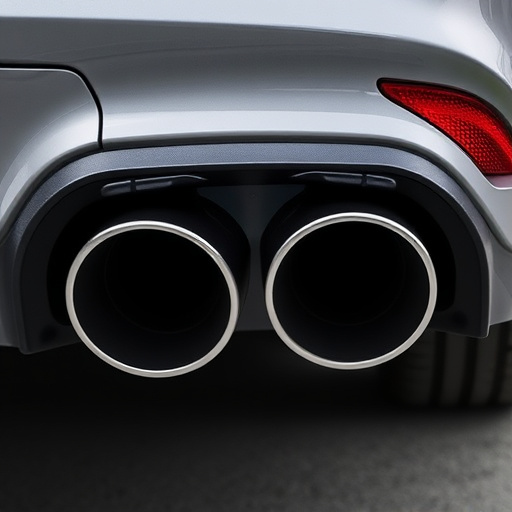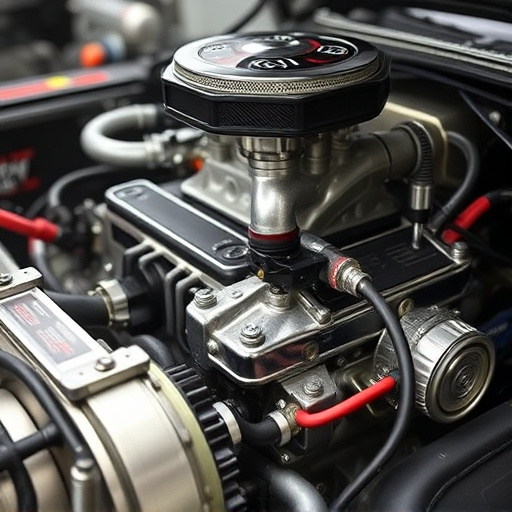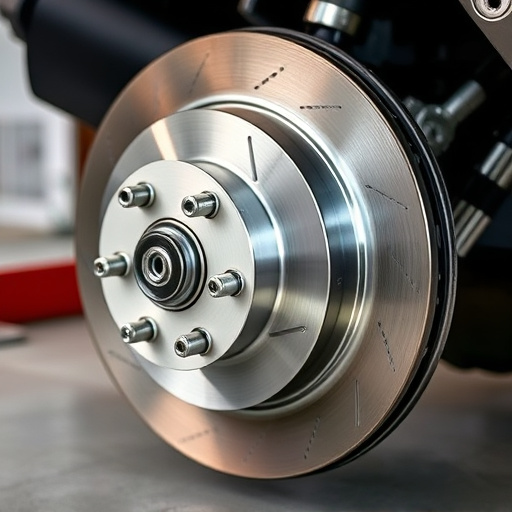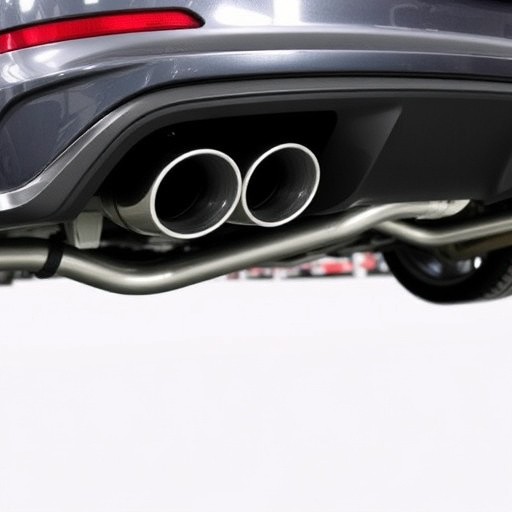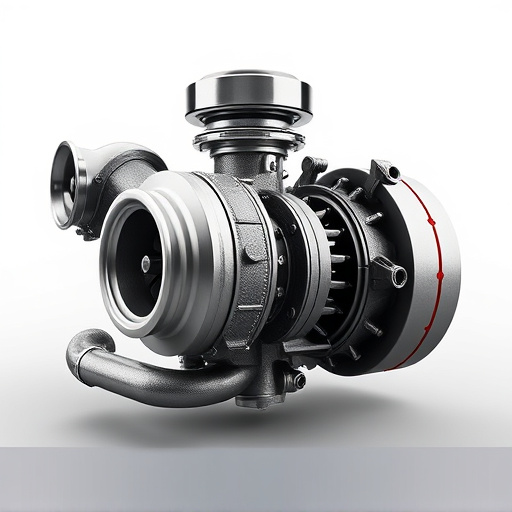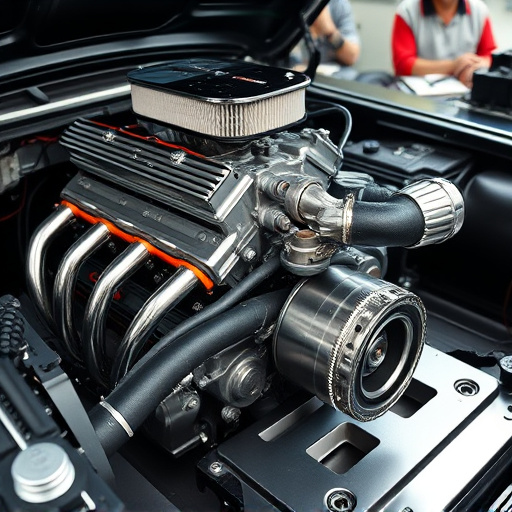Universal catalytic converters are essential components in modern vehicles, reducing harmful emissions and improving air quality by converting toxic gases into less harmful substances like nitrogen, carbon dioxide, and water vapor. They are versatile, cost-effective, and compatible with various vehicle types and modifications, including high-performance exhaust systems and stylish muffler tips. To select the best converter, consider factors like make, model, year, and advanced technologies such as three-way catalytic converters or SCR converters. Ensure durability through corrosion resistance and extreme temperature tolerance. Proper installation, maintenance, and regular inspection are crucial for optimal performance, longevity, and compliance with legal emission standards.
Choosing the right universal catalytic converter is crucial for optimizing vehicle emissions and ensuring efficient performance. This guide helps you navigate this process by exploring the benefits of universal catalytic converters—key components in reducing harmful pollutants—and offering insights on critical factors to consider, from engine compatibility to conversion efficiency. Learn essential installation and maintenance tips to ensure optimal results and contribute to a cleaner environment.
- Understanding Universal Catalytic Converters: Their Role and Benefits
- Factors to Consider When Choosing a Universal Catalytic Converter
- Installation and Maintenance Tips for Optimal Performance
Understanding Universal Catalytic Converters: Their Role and Benefits
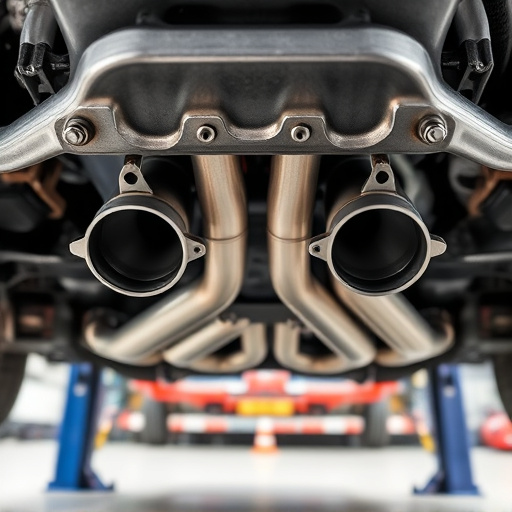
Universal catalytic converters are a crucial component in modern vehicles, playing a pivotal role in reducing harmful emissions and improving air quality. These advanced devices work by converting toxic gases and pollutants emitted from an engine into less harmful substances, such as nitrogen, carbon dioxide, and water vapor. This process is essential for minimizing the environmental impact of vehicle exhaust and ensuring cleaner air for all.
One of the key benefits of universal catalytic converters is their versatility. Unlike traditional, application-specific converters, these units are designed to fit a wide range of vehicles, making them a cost-effective solution for both original equipment manufacturers (OEMs) and aftermarket installations. Additionally, they often incorporate advanced technologies like cerium-based catalysts and washcoat materials that enhance their efficiency and durability, contributing to improved engine performance and longer component lifespans. This versatility extends to other automotive modifications as well, with universal catalytic converters compatible with various upgrades, including high-performance exhaust systems (like coilover kits), enhanced air intake systems, and stylish muffler tips.
Factors to Consider When Choosing a Universal Catalytic Converter
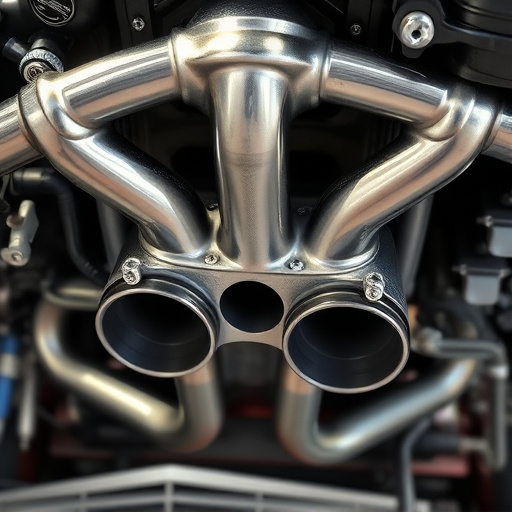
When selecting a universal catalytic converter, several key factors come into play to ensure optimal performance and compatibility. Firstly, understand your vehicle’s exhaust system setup and requirements. Different cars have varying emission standards and requirements, so knowing your make, model, and year is crucial. This information will help you choose a converter that aligns with legal standards and your vehicle’s specific needs.
Additionally, consider the type of catalytic converter technology preferred for its efficiency and environmental benefits. Some popular options include three-way catalytic converters (TWC), selective catalytic reduction (SCR) converters, and lean-burn converters. Each has unique advantages, such as improved fuel efficiency or reduced emissions. Moreover, examine the converter’s construction quality, ensuring it is durable enough to withstand high temperatures and resist corrosion from the exhaust gases, especially if you’re considering a universal fitment for multiple vehicle applications.
Installation and Maintenance Tips for Optimal Performance
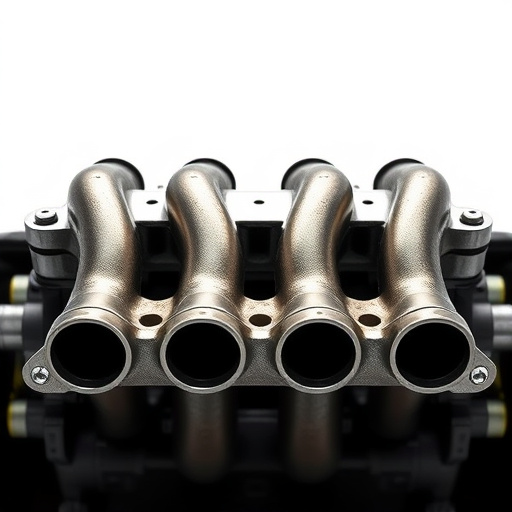
When installing a universal catalytic converter, proper alignment and secure fastening are paramount to ensure optimal performance and longevity. Always refer to your vehicle’s manual for specific guidelines, but generally, the converter should be securely attached to the exhaust system with high-quality hardware, such as stainless steel bolts and washers. A leak-free seal is crucial; use sealant or gaskets recommended by the manufacturer to prevent any gaps that could compromise efficiency.
Regular maintenance plays a significant role in keeping your universal catalytic converter functioning at its best. Regularly inspect connections for signs of corrosion or damage, and replace any worn components promptly. Depending on your vehicle’s usage, consider periodic cleaning or replacement of the catalyst itself, especially if there are indications of buildup or clogging. Additionally, ensuring proper maintenance of the associated air intake systems, such as cold air intakes, can complement the converter’s performance by supplying clean, cool air to the engine, thereby enhancing overall efficiency and power output through a well-tuned performance exhaust system.
When selecting a universal catalytic converter, understanding its role in reducing harmful emissions and improving vehicle performance is key. By considering factors like compatibility, quality, and specific conversion capabilities, you can make an informed choice for your vehicle’s optimal efficiency. Remember, proper installation and regular maintenance are equally vital to ensure the converter functions at its best, contributing to a cleaner environment and smoother driving experience.

